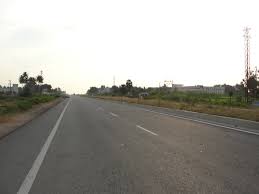Understanding the Current Situation in Myanmar

Introduction
The situation in Myanmar has gained international attention since the military coup on February 1, 2021. The overthrow of the democratically elected government led to widespread protests, political unrest, and a humanitarian crisis affecting millions. Understanding the dynamics of this crisis is crucial for grasping the broader implications for democracy and human rights in the region.
Political Unrest and Protests
After the coup, Myanmar’s citizens mobilized against the military junta, demonstrating their support for the National League for Democracy (NLD) and its leader, Aung San Suu Kyi. Protests erupted across major cities and rural areas, with citizens demanding the restoration of democracy. However, authorities responded with increasing violence, leading to significant casualties. According to the Assistance Association for Political Prisoners (AAPP), over 2,000 protesters have been killed, and more than 15,000 individuals have been detained in connection with the demonstrations.
Humanitarian Crisis
The ongoing conflict has exacerbated the humanitarian situation in Myanmar, with millions displaced within the country. The United Nations estimates that around 14 million people are in need of assistance, reflecting a dire shortage of food, healthcare, and shelter. Humanitarian organizations face hurdles in delivering aid due to both armed conflict and restrictions imposed by the military regime. The situation has been further complicated by the COVID-19 pandemic, which has strained medical resources and infrastructure.
International Response
The international community has responded with sanctions against military leaders and calls for a return to democratic governance. ASEAN has attempted to mediate the conflict through diplomatic engagement, but progress has been limited. The global outcry, paired with grassroots support for Myanmar’s democracy movement, emphasizes the pivotal role of international advocacy in addressing the situation.
Conclusion
The challenges faced by Myanmar highlight urgent issues regarding human rights and the fight for democracy. As the crisis continues, the potential for stabilization lies in collective international action and the resilience of Myanmar’s people. Observers note that the situation remains fluid, with the possibility for both further upheaval and incremental progress toward restoring democratic governance. The road ahead for Myanmar is fraught with difficulty, yet hope persists among its citizens for a brighter future.








